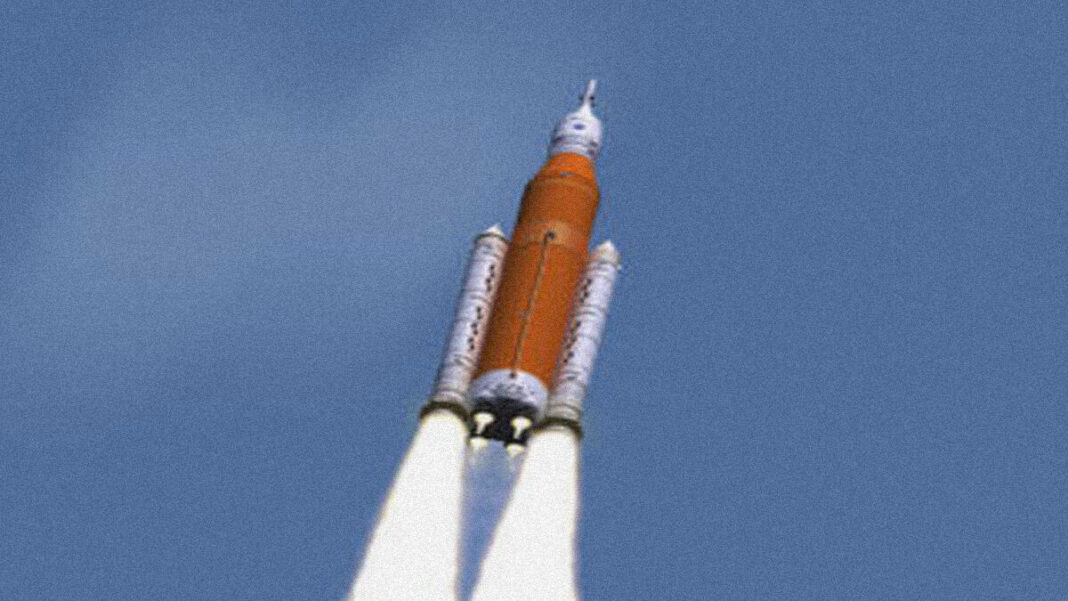UNITED STATES: Following the Moon landing, now Mars remains as the next goal of space agencies to explore.
In order for the human species to survive and flourish, interplanetary travel should be the ultimate aim because we know that one-day planet Earth won’t be habitable. Therefore, let us start with our neighbour red planet Mars.
Travelling to Mars: Possibilities and outcome
SpaceX, the multibillionaire tech tycoon, is currently developing a spacecraft that one day might transport people and goods to Mars after stopping first on the Moon. Later this year, the Starship will launch into orbit for the first time.
Even if everything succeeds, the trip to the Red Planet will be difficult, exhausting, and protracted. The flight time could be reduced from several months to a few days, according to a new strategy developed by physicists.
Mars can currently be reached in seven months by spacecraft moving at 39,600 kilometres per hour. You could travel with the proposed Nuclear Thermal and Nuclear Electric Propulsion (NTNEP) system in 45 days.
NASA, the American space agency, is going back to the drawing board under the NASA Innovative Advanced Concepts (NIAC) program and has chosen a nuclear concept for Phase I research that could considerably increase interstellar speed and send you to Mars at a faster rate than currently possible speeds.
In order to deliver a specific impulse (Isp) of 900 seconds and double the performance of chemical rockets, the bimodal nuclear propulsion system would utilize Wave Rotor Topping Cycle.
NASA stated, “Nuclear Electric Propulsion (NEP) can produce thrust for almost three hours and generate Isp exceeding 10,000 seconds, but only when the magnitude of thrust is low, and there are limitations on mass-to-power ratios.”
“As thermal energy conversion in space is only at best 30–40% under ideal circumstances, the need for an electric power supply also adds the problem of heat rejection,” NASA concluded.
One of the 14 ideas chosen by the NAIC this year for Phase I development is the one put out by Prof. Ryan Gosse, the Hypersonics Program Area Lead at the University of Florida.
$12,500 in funding from the American space agency will be used to advance the technology. Liquid hydrogen (LH2) propellant is heated in nuclear-thermal propulsion, converting it into ionized hydrogen gas (plasma), which is then directed to produce thrust.
Currently, if a spacecraft is launched to Mars at the exact moment that Earth and the Red Planet are closest to one another, which occurs every 26 months, it can spend up to seven months in deep space.
Therefore, a shorter journey could result in lower mission costs with a human crew. There would be fewer risks associated with space travel and medical conditions, as well as better rations and cargo for use on the Red Planet.
Also Read: NASA and ISRO to Launch a Space Mission This Year



